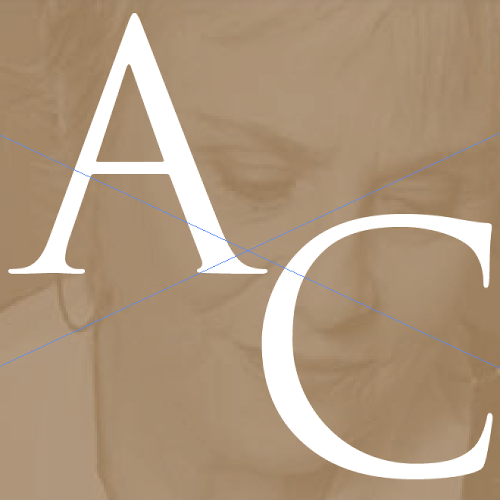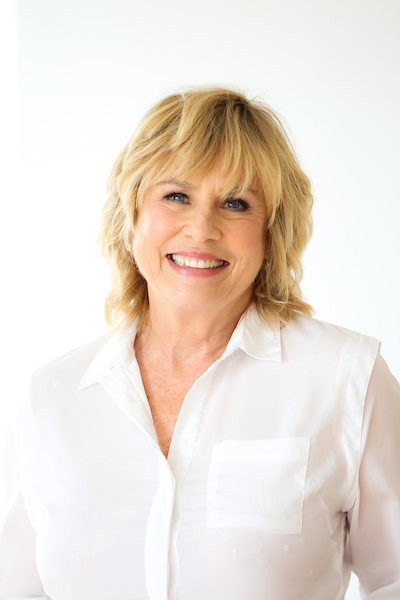I once had a dream about a judge. He was dressed in a long black robe, sitting at his bench, his hand on his gavel. I was the only other person in the courtroom, playing and replaying mental scenarios that had occurred at different times in my life. When an image came to mind, the judge banged his gavel and said, “That’s good.” Or “That’s bad.” With each verdict, I went on a roller coaster ride, feeling good and bad intermittently.
I became exhausted and I addressed my critic. “I don’t need your help right now,” I said. “Why don’t you go to your chambers and have a brandy? If I need you, I’ll call you.”
He looked disappointed as he rose, left his gavel on the bench and disappeared through a door behind him. My mind softened and I relaxed into a welcome silence. My thoughts drifted like clouds, dissolving at the edges, floating easily in the atmosphere. I slowly inhaled and exhaled. No thought was more important than any other, and I basked in a sense of relief – – – until my mind went off on a tangent again. Guess who came rushing back in. “Do you need me
now?” he asked. He reached out to grab his gavel but before he could bang it on his desk, I said, “Thanks anyway, but I still don’t need you. Go back to your chambers.”
When I woke up from that dream, my mind was unusually clear. I carried an understanding into the day that letting go of “good or bad,” would make me feel better. The image of the judge remains in my consciousness and when I start to go off the skids, I try to remember him and send him away. Sometimes it works and
sometimes it doesn’t but I keep in mind that he isn’t all bad. He’s a tool for survival, he keeps me out of danger and he helps me make beneficial decisions. But just as often, he wreaks havoc, he shames me and I have to exorcise him from my mind.
We live in a society of judgments. We “like” comments on social media. We give something a thumbs up or a thumbs down. We threaten to give someone a “bad” review if they do something we don’t want them to do. Or if they don’t do something we do want them to do. We even feel badly about feeling badly. We rate, categorize and compare ourselves to other people. “Her hair looks good and mine looks bad. She looks thin and I look fat.” When we do this, we always lose because we’re trying to live up to impossible standards and we’re depriving ourselves of one of our greatest teachers – making mistakes. If we accept them as part of our growth, if we become curious about our mistakes and try to learn from them instead of hating them, feeling ashamed of them or trying to banish them, that’s the
gateway to clearing our hearts and minds of self-loathing.
Pema Chodron, a Buddhist nun whom I quote often, says, “If we learn to open our hearts, anyone, including the people who drive us crazy, can be our teacher.” She goes on to explain that letting go of good and bad is giving yourself the grace to see that things are simply happening and they have nothing to do with you. They are neither good nor bad, so why waste time and energy judging things that you can’t change?
When we judge other people, we think we know better and maybe we do, but no one wants to be told what’s right and what’s wrong. That’s something different for everyone. We all have to make our own decisions, and no one wants unsolicited advice. This is what cults are made of – someone saying to you, “I know you better than you know yourself so do what I say and you’ll be enlightened.”
We all need and benefit from a compassionate listener who doesn’t tell us what to do, who doesn’t evaluate our actions but rather, mirrors us and sees us as capable of making our own choices. When we’re open to that, we just might learn something about ourselves. I have a friend who told me she had too much time on
her hands and she was bored. “Why don’t you learn to play the guitar?” I asked her. “You love music and it would give you something to do.”
She shook her head. “At this stage in my life,” she said, “I can’t tolerate being bad at anything.”
For me, trying something new is not about being good or bad. It’s about delving into what attracts me, seeing what’s there and starting from scratch. Whether I’m good or bad at it has nothing to do with it. When I started ballet lessons at eight years old, I could barely balance, I couldn’t do the splits and my feet seemed to have a mind of their own. But by the time I was accepted into a ballet company at sixteen years old, I had taught my body to do what had seemed
impossible. It took time and effort, but the more determined I was and the more I practiced and trained and didn’t give up, the more my body learned to obey my mind.
Have you noticed that life becomes more vivid and hopeful when we have something to look forward to, when we find the courage to try something new and really suck at it. Or not. But even when things don’t work and we have to start all over again, we can feel inspired and keep on trying. The artist’s life is made up of unfinished ideas, flashes of memory and a search for inspiration that seems unreachable. Moving forward takes determination, stamina, more stamina and a mighty desire to express yourself, no matter how it looks or whatever medium you use. Writing. Painting. Dancing. Practice doesn’t make perfect but it makes you better. Surrealist
painter, Salvador Dali, said. “Have no fear of perfection. You’ll never reach it.”
Seeing things as good or bad is asking for pain and sorrow since in any moment, good can become bad and bad can become good. The only way to face this dichotomy is to shower yourself with loving
kindness, no matter what you think. Life has taught me that good and bad are not really opposed to each other. They are a part of each other, each of them has value, and in this world of duality, they exist side by side. They always have and they always will and if we make space for all of it, they merge together and help us feel like a whole human being.


Recent Comments